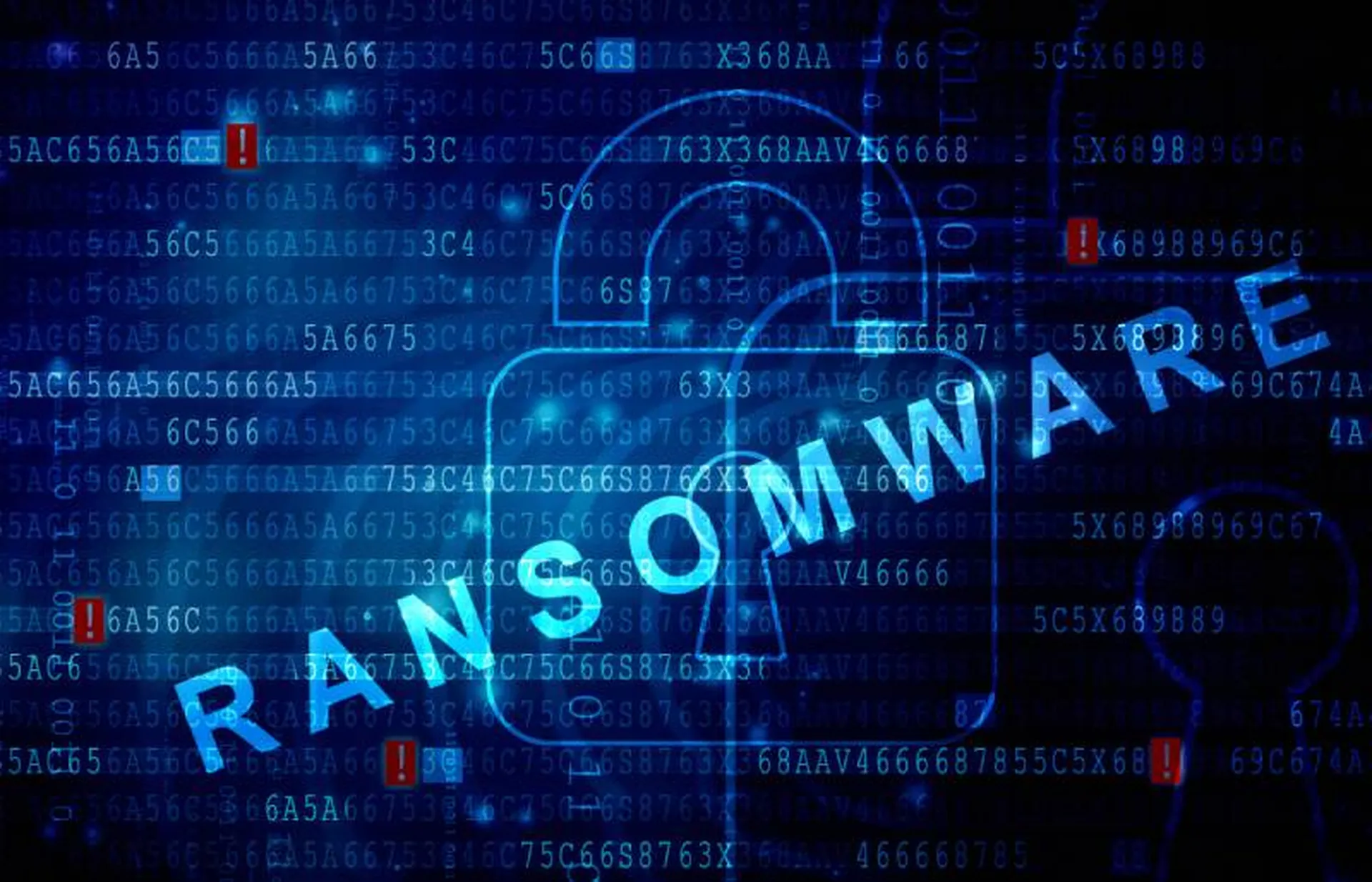As ransomware continues to evolve, so must the strategies used to combat it. This was the central theme in a recent webcast discussion led by Dr. Dustin Sachs, Chief Technologist at Cyber Risk Collaborative, which featured cybersecurity experts Michael Farnum, Advisory CISO at Trace3, and James Blake, Global Security Strategy and Evangelist at Cohesity.
Together, they explored the current trends in ransomware and provided actionable guidance for organizations looking to protect themselves in 2024-2025.
The evolving threat landscape
Ransomware is no longer just about data extortion; the threat has shifted towards functional disruption. Attackers are increasingly targeting critical infrastructure and operational systems, aiming to cripple organizations by halting their ability to function. This shift represents a significant escalation in the ransomware threat, moving beyond mere financial extortion to causing potentially devastating operational impacts.
Adding to this complexity is the rise of ransomware as a service (RaaS), where attackers with little technical knowledge can purchase ransomware kits on the dark web. This trend has led to a proliferation of ransomware attacks, making it more challenging for organizations to defend themselves against a growing number of sophisticated threats.
Building resilience over prevention
A key takeaway from the discussion was the need for organizations to prioritize resilience over traditional prevention and detection measures. While it is still important to prevent ransomware attacks, Dr. Sachs, Farnum and Blake agreed that building the ability to quickly recover from an attack is equally crucial. Resilience involves ensuring that an organization can continue to operate and recover critical functions even when under attack.
Farnum highlighted the critical role of business continuity in this context. He noted that organizations often focus too heavily on endpoint security, neglecting broader network vulnerabilities that can leave them exposed.
With the increasing adoption of remote work and cloud services, the attack surface has expanded, making it vital for organizations to address vulnerabilities across the entire network.
Importance of realistic incident response planning
Blake emphasized that organizations must be realistic in their incident response planning. Too often, he noted, companies treat ransomware as a purely technical issue, ignoring the broader implications for business continuity and disaster recovery. Blake argued for a more holistic approach that involves security teams early in the planning process and ensures that incident response plans are not just theoretical but are rigorously tested and updated.
One effective strategy Blake suggested was conducting regular tabletop exercises to simulate ransomware attacks. These exercises can help organizations identify gaps in their response plans and improve coordination across different business units. Farnham added that involving business leaders in these exercises is crucial to ensure that the response is aligned with the organization’s broader operational goals.
Role of government regulation and ethical shifts
Both Farnum and Blake agreed on the growing importance of government regulation in the fight against ransomware. As ransomware attacks increasingly target critical infrastructure, there is a pressing need for clearer regulatory frameworks to guide organizations in their response efforts. Blake pointed out that in Europe, regulations around ransomware incidents are becoming more stringent, and similar trends may soon follow globally.
The conversation also touched on the evolving ethical standards in ransomware attacks. Historically, ransomware attacks focused on data extortion, but there has been a noticeable shift towards targeting critical infrastructure, including healthcare systems. This shift raises significant ethical concerns, especially when attacks could potentially endanger human lives.
Conclusion
As organizations face an increasingly complex ransomware landscape, the need for resilience, realistic incident response planning, and proactive government regulation has never been more critical.
The insights shared by Dr. Sachs, Farnum and Blake offer a roadmap for navigating these challenges in 2024-2025. By prioritizing resilience and preparedness, organizations can better protect themselves against the growing threat of ransomware and ensure their continued operation in the face of adversity.




